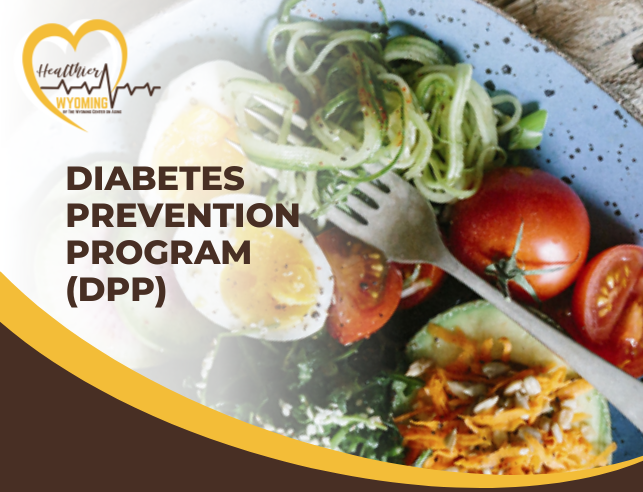Risk Factors
What is Pre-Diabetes?
Pre-Diabetes is a common precursor to type 2 diabetes. It occurs when blood sugar levels are higher than normal but not high enough yet to be diagnosed as type 2 diabetes. Type 2 diabetes is a chronic condition that affects the way the body processes sugar.
* 1 in 3 adults are at risk for Pre-Diabetes
* 1 in 2 adults, age 65 and older are at risk for Pre-Diabetes [3].
* 88 million people 18 years or older have prediabetes (34.5% of the adult US population)
* 24.2 million people aged 65 years or older have prediabetes [1].
Pre-Diabetes Risk Factors
You might be at risk of developing pre-diabetes if you:
* Are overweight
* Are 45 years or older
* Have a parent, brother, or sister with type 2 diabetes
* Are physically active less than 3 times a week
* Have ever had gestational diabetes (diabetes during pregnancy) or given birth to a baby who weighed more than 9 pounds For more information on gestational diabetes click here.
* Are African American, Hispanic/Latino American, American Indian, or Alaska Native (some Pacific Islanders and Asian Americans are also at higher risk) [3].
Prediabetes in Wyoming
* 1 in 3 adults are prediabetic
* 84% don't know they have prediabetes [8]
Find out more Diabetes Statistics by visiting the 2024 National Diabetes Statistics Report for get the Spanish version: Informe Nacional de Estadísticas de la Diabetes
Take charge of your health and manage your risks! Talk to your doctor about diabetes prevention today.
Diabetes Prevention Program (DPP) Eligibility and Program Structure
When you visit your doctor, it can be helpful to have specific questions written down. You might consider asking a family member or trusted friend to go with you and take notes. Below are some questions you might consider asking your doctor:
- Am I at risk of prediabetes or type 2 diabetes?
- Do you recommend that I get tested for prediabetes or type 2 diabetes?
- What are the warning signs and symptoms of type 2 diabetes?
- If I'm overweight, how much weight do I need to lose to lower my risk?
- How much physical activity do I need to help prevent or delay type 2 diabetes?
- What changes can I make to my diet to help prevent or delay type 2 diabetes?
- What are some healthy ways to lose weight and keep it off?
- Do my blood pressure numbers, and cholesterol levels increase my risk for type 2 diabetes?
- Can you give me some information about preventing type 2 diabetes to take home with me?
- Can you refer me to a diabetes prevention program nearby?
Simple lifestyle changes can have a big impact!
A Diabetes Prevention Program (DPP) can teach you how to make lifestyle changes to prevent or reverse prediabetes! DPPs are specific to those with prediabetes or at high risk for type 2 diabetes. Classes focus on nutrition, physical activity, and stress management. DPPs are year-long programs consisting of 16 sessions (1 hour/week) during the first phase and 6 follow-up sessions (1 hour/month) during the second phase.
Participants will learn:
- Healthy Eating
- Adding/Increasing Physical Activity
- Coping with Stress
- Handling Challenges
Participant Eligibility Requirements:
- Be at least 18 years old, and
- Be overweight (body mass index ≥25; ≥23 if Asian), and
- Have no previous diagnosis of type 1 or type 2 diabetes, and
- Have a blood test result in the prediabetes range within the past year:
- Hemoglobin A1C: 5.7%–6.4%, or
- Fasting plasma glucose: 100–125 mg/Dl, or
- Two-hour plasma glucose (after a 75-gm glucose load): 140–199 mg/dL, or
- Be previously diagnosed with gestational diabetes, or
- Score 5 or higher on the CDC/ADA Prediabetes Risk Test
Watch this video to understand the benefits of a diabetes prevention program!
take the next step!
click here to access the self-referral form
If there isn't a program in your area, there is an online option!
DPP For Providers




